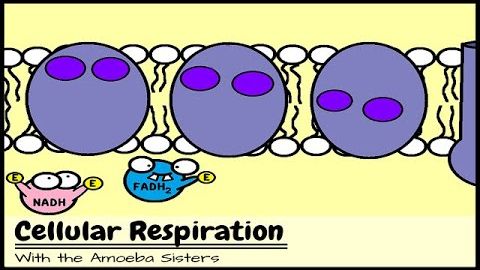細胞呼吸と強大なミトコンドリア (Cellular Respiration and the Mighty Mitochondria)
Amy.Lin が 2021 年 01 月 14 日 に投稿  この条件に一致する単語はありません
この条件に一致する単語はありません- v.t.(人を騙すために)ふりをする : 装う;仮定する : 推測する;(責任 : 任務などを)負う : 引き受ける
US /ˈprɑsˌɛs, ˈproˌsɛs/
・
UK /prə'ses/
- v.t.(コンピュータの)データを処理する;処理する;処理する;一連の工程を経る;加工する : 加工処理する;理解する
- n. (c./u.)手続き;一連の行為;方法;訴訟手続き;プロセス (コンピューター)
US /səˈner.i.oʊ/
・
UK /sɪˈnɑː.ri.əʊ/
US /əˈprɑksəmɪtlɪ/
・
UK /əˈprɒksɪmətli/
エネルギーを使用
すべての単語を解除
発音・解説・フィルター機能を解除

